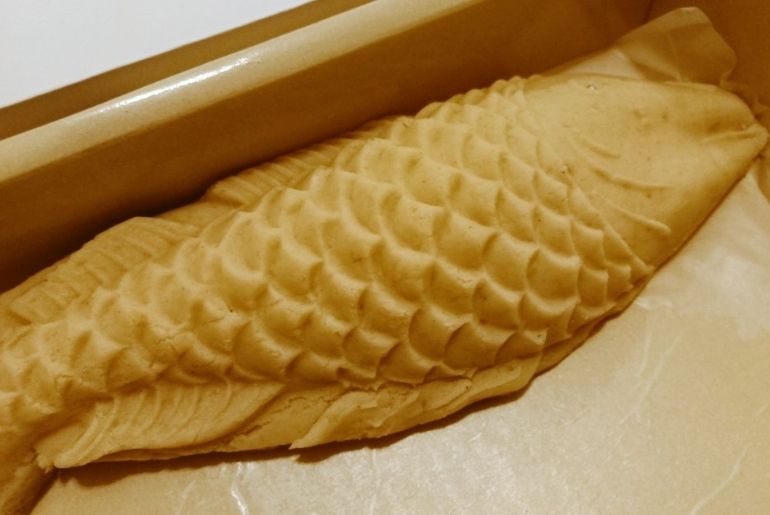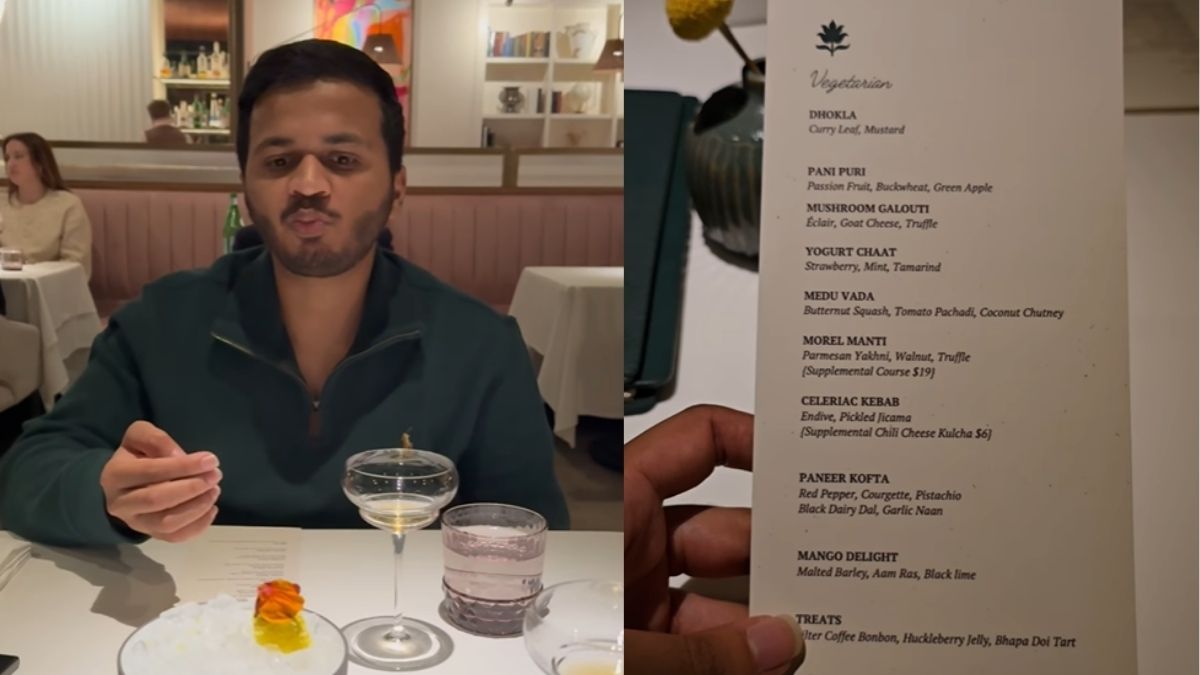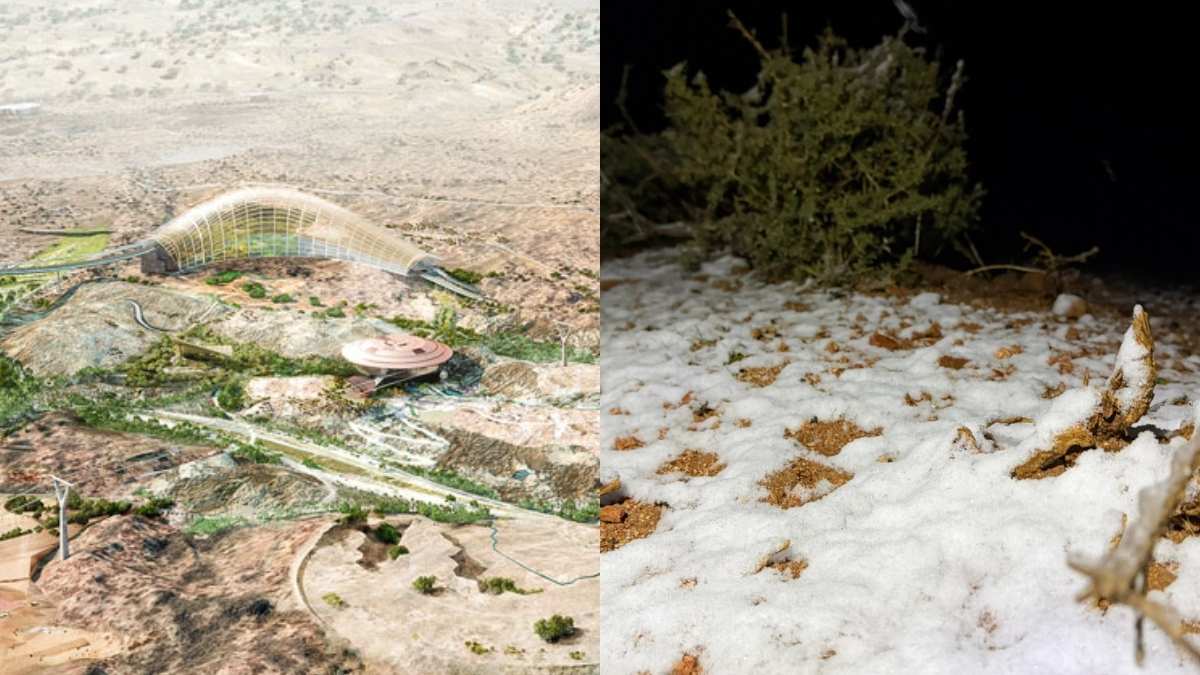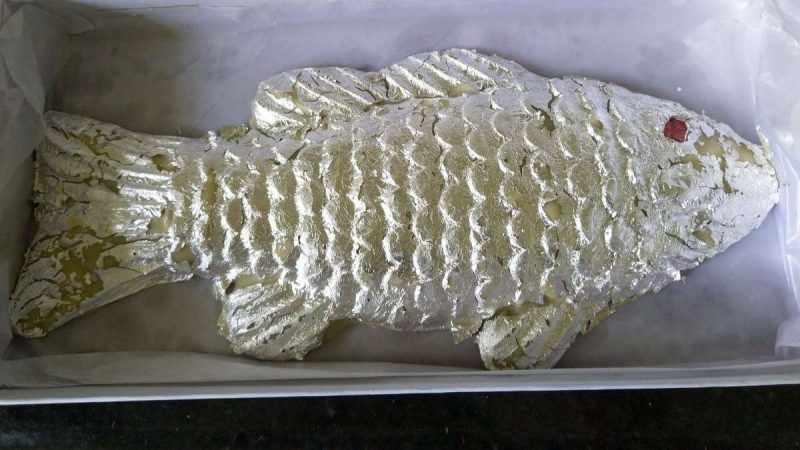The Parsi community, which follows the Shehenshahi calendar, will celebrate their New Year on August 15, 2025. Known as Navroz, the festival is marked with many unique traditions—one of the most special being the preparation of Mawa ni Boi, a fish-shaped sweet with deep cultural significance. Read on to know more about this.
Importance Of Fish-Shaped Mawa Ni Boi On Parsi New Year

To celebrate Navroz, Parsis prepare a sweet delight–fish-shaped Mawa Ni Boi. This sweet is prepared with khoya (dried milk), nuts, and edible silver–moulded into the shape of a fish. For Parsis, fish are associated with fertility, regeneration, life, and good luck.
Khoya, also called mawa, mavo, or khoa, is common in many sweet dishes. While it can be bought from dairies, Parsis often make it at home or get it from Parsi dairy farms. While celebrating Navroz, even decorations like rangoli have fish designs. Not only on Navroz, but this dish is also served during weddings, birthdays, and navjotes in the Parsi community. The dish is one of the most essential parts of celebrations.
Along with fish-shaped Mawa Ni Boi, the other famous dishes that are served in Navroz feasts are Dhan Dar Dar Patio, Ravo, Sweet Sev, Mitthoo Dahi, Doodh Pak, Prawn Patio, Patra ni Macchi, Farcha, and Salli Boti.
The Legacy Of Parsis In India
The history of Parsis in India began in the 7th century A.D., when a small group of Zoroastrians fled from Persia to India. Zoroastrianism, founded by Prophet Zarathustra around 3,500 years ago in ancient Iran, was once the dominant faith of the Persian empire. Seeking refuge, the group, led by their priest Dastur Nairyosang Dhaval, reached the western coast of India. They were warmly welcomed by King Jadi Rana of Sanjan in Gujarat, where they were allowed to settle and preserve their faith and traditions.
The word “Parsi” means Persian in Gujarati. As Parsis follow a different calendar, they celebrate the New Year, or Navroz, as the mark of the first day of the calendar. Persians in Iran celebrate this festival in spring, while Persians in India and Pakistan celebrate this festival based on the Shahenshahi calendar. As the Shahenshahi calendar does not have a leap year, the Parsi New Year in India and Pakistan comes 200 days later than in Iran.
How excited are you to celebrate the Persian New Year? Tell us in the comments!
Also Read: 6 Parsi New Year Menus In Mumbai Featuring Dhansak, Patra Ni Machhi & More
Cover Image Courtesy: X/Ashok Lalla





